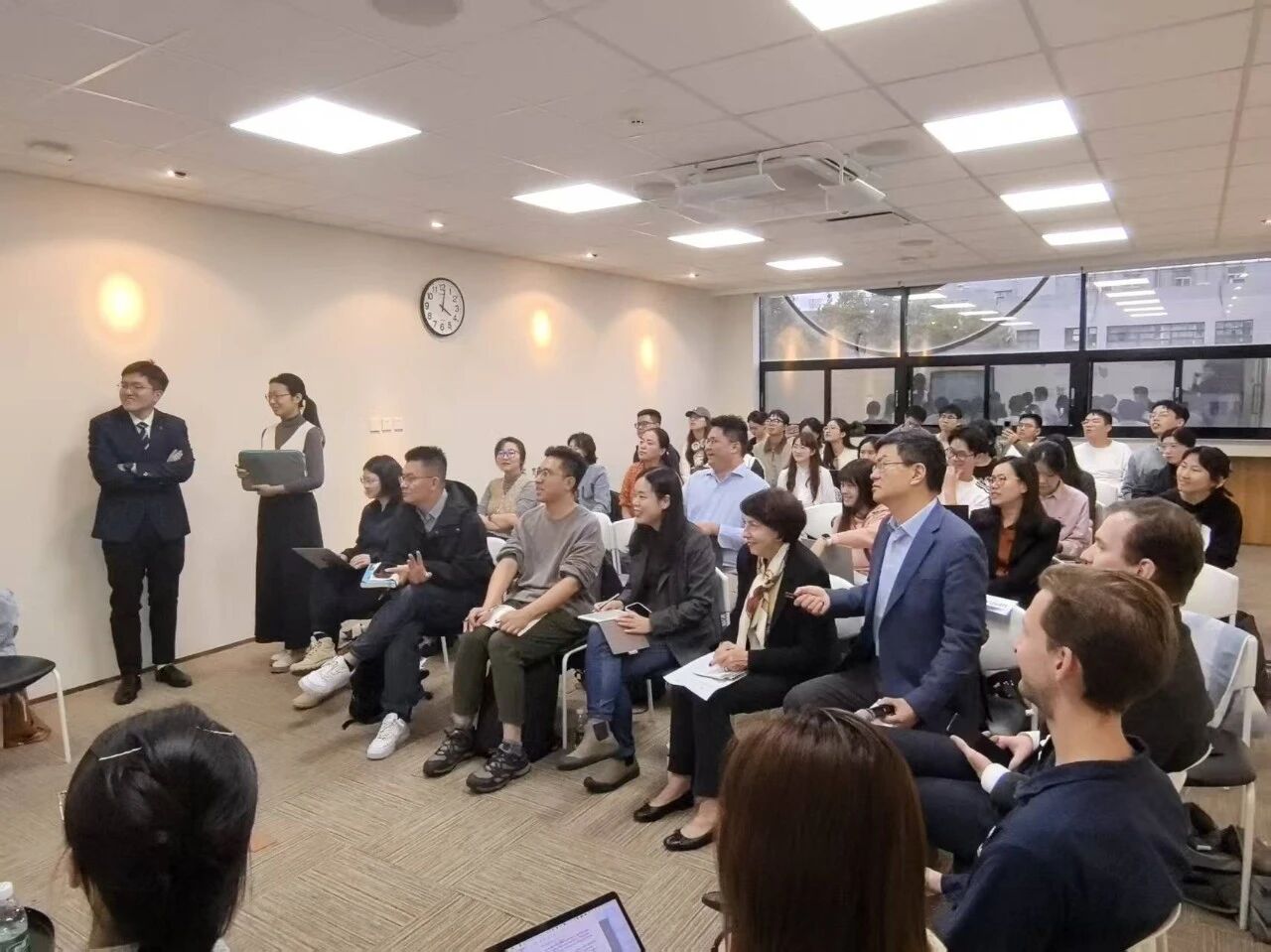On October 9, 2025, the CISS Youth program at the Center for International Security and Strategy (CISS), Tsinghua University, held the first session of its “Strategic Youth Roundtable” series, focusing on Public Opinion and the Young Generation. The event featured Susan Shirk, Professor at the University of California, San Diego, and Honorary Director of the 21st Century China Center, and Da Wei, Professor at the Department of International Relations and Director of CISS, as the keynote speakers.
More than 50 students from Tsinghua University, Peking University, Renmin University of China and other institutions participated in the roundtable in person. The youth discussants included Mikhail Koldaev (M.A. student, Department of International Relations, Tsinghua University), Huang Chenxuan (student of the Tsinghua–Johns Hopkins dual M.A. program), Su Yi (Ph.D. candidate, School of Public Policy and Management, Tsinghua University), Blake Kravitz (M.A. student, Yenching Academy of Peking University), and Lu Yilin. The session was moderated by Ye Zichen, Deputy Secretary-General of the 6th CISS Youth cohort.
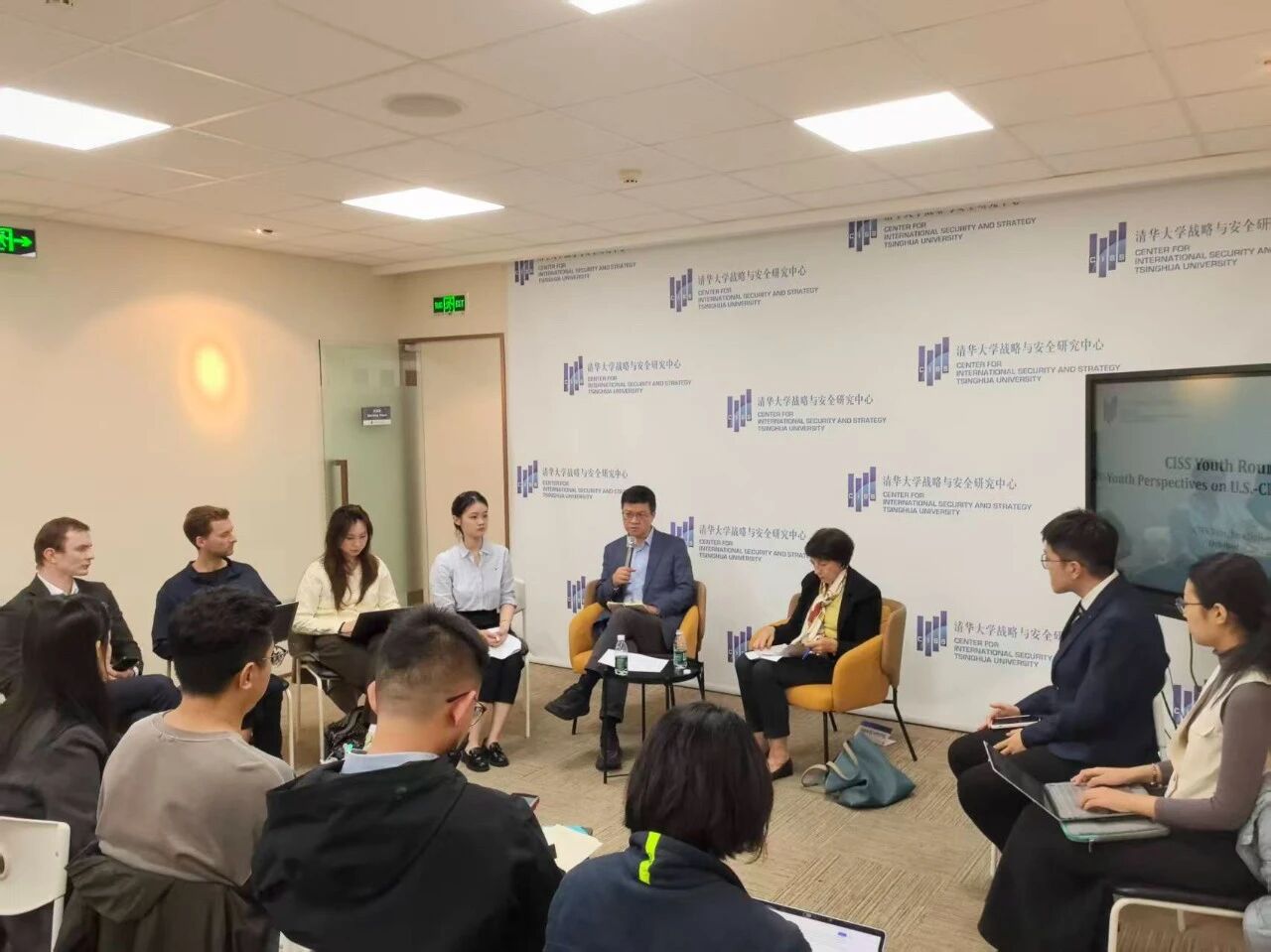
The roundtable focused on key issues such as the reliability and bias of U.S.–China public opinion polls, the impact of public attitudes on bilateral relations, and the unique role of youth in fostering cross-cultural understanding.
In her opening remarks, Professor Susan Shirk shared insights based on recent polling data from UC San Diego, The Chicago Council on Global Affairs, and CISS. She highlighted the complex and evolving dynamics of mutual perceptions between Chinese and American publics, analyzing the multiple factors shaping opinion trends and underscoring the importance of understanding public sentiment as a foundation for stable bilateral relations.
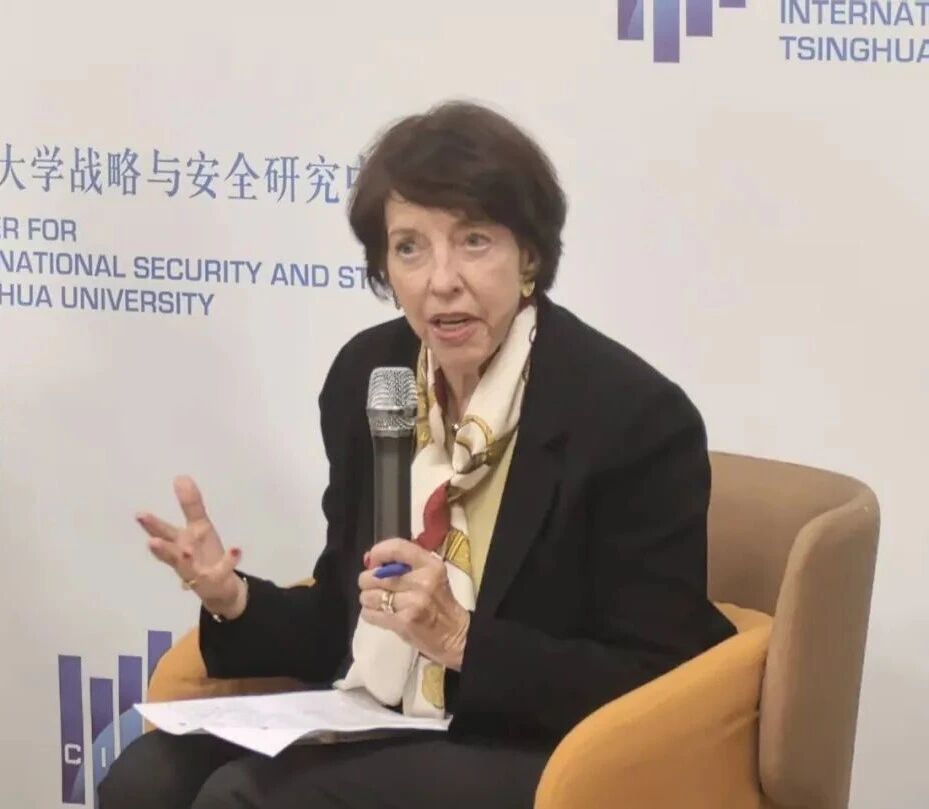
Professor Da Wei drew on recent polling research to analyze the current state and trends of mutual perceptions. He noted that public opinion data reflect the complexity of U.S.–China relations and provide a valuable reference for understanding shifts in bilateral sentiment. He emphasized the need for Chinese youth to develop a global perspective, enhance cross-cultural competence, and confidently express their views on the international stage to promote mutual understanding between the two societies.
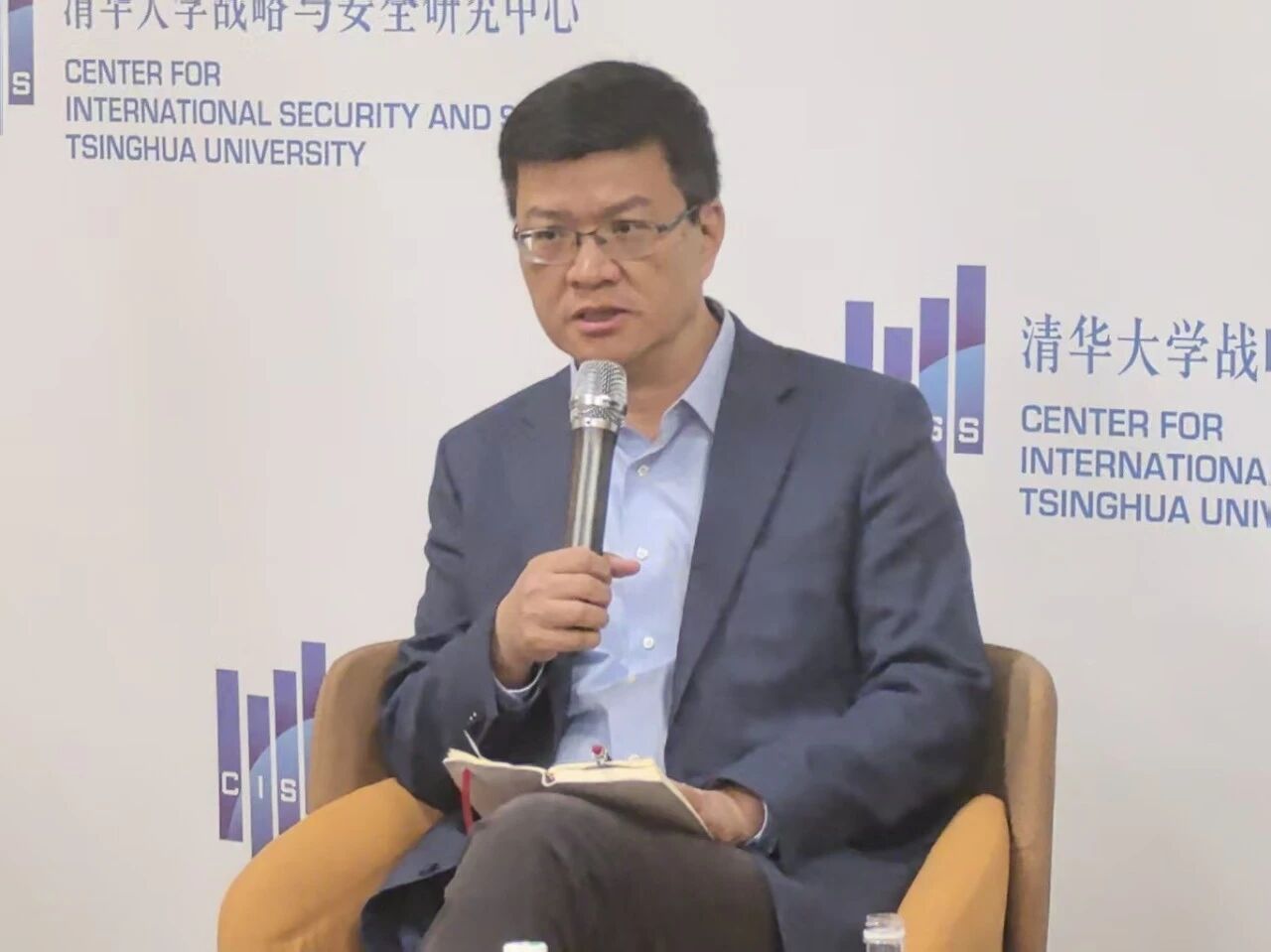
During the youth discussion, Mikhail Koldaev addressed the prevailing “safe China in an unsafe world” mindset among the Chinese public; Lu Yilin analyzed the differing Chinese attitudes toward the U.S. government and the American people; Huang Chenxuan highlighted the limitations of polling methods in timeliness, sample representation, and question design; Blake Kravitz examined how information gaps shape public perceptions in the U.S.; and Su Yi explored the complex sentiments of Chinese youth caught between economic pressures and patriotic emotions.
In the Q&A session, participants engaged actively with speakers and youth panelists on the credibility of public opinion surveys, the role of youth in enhancing mutual understanding, and the shaping of public opinion in the digital age.
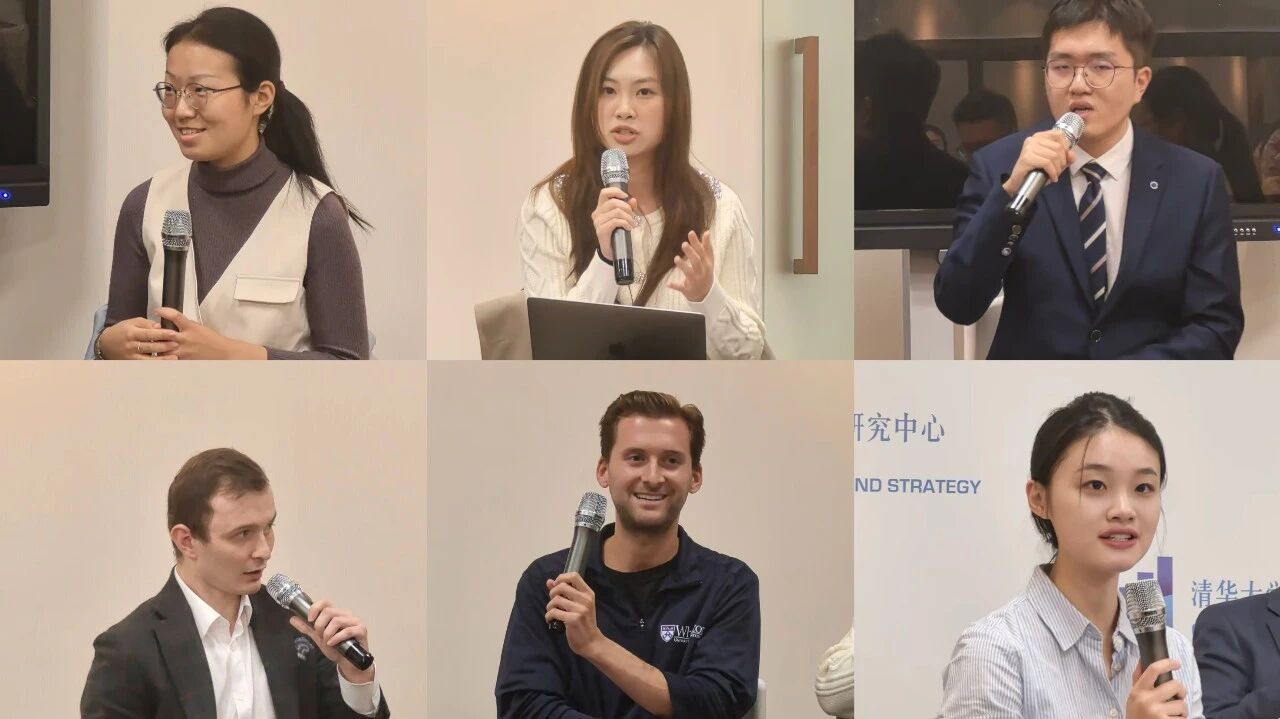
This roundtable deepened participants’ understanding of U.S.–China public opinion and provided a valuable platform for young scholars from both countries to share ideas and exchange perspectives. Despite current challenges in U.S.–China relations, people-to-people engagement continues to hold strong potential, particularly among the younger generation. Civil exchange remains a promising channel for fostering a more positive trajectory in public sentiment between the two countries.
